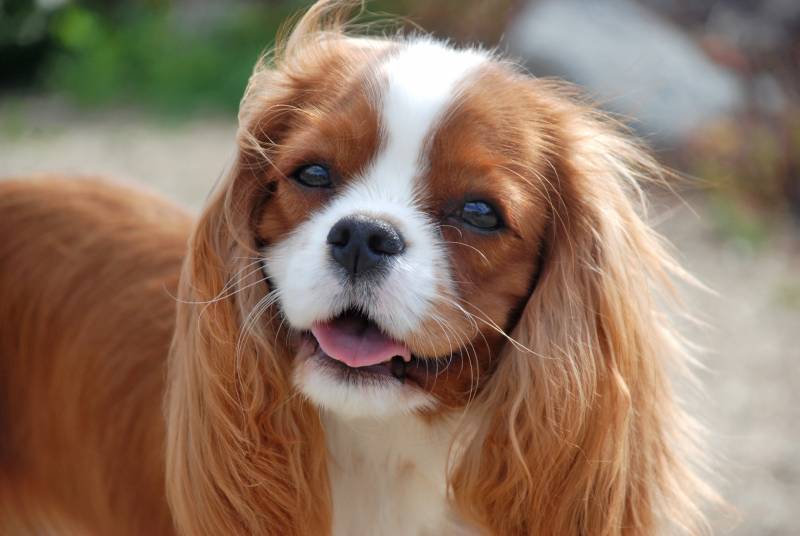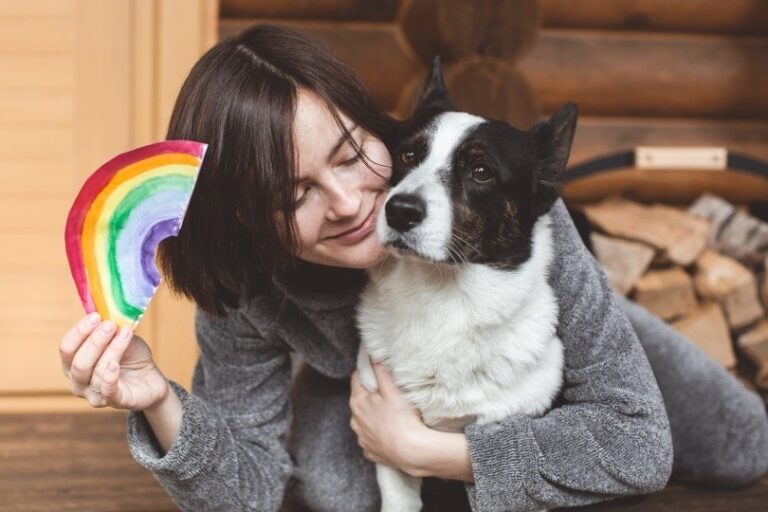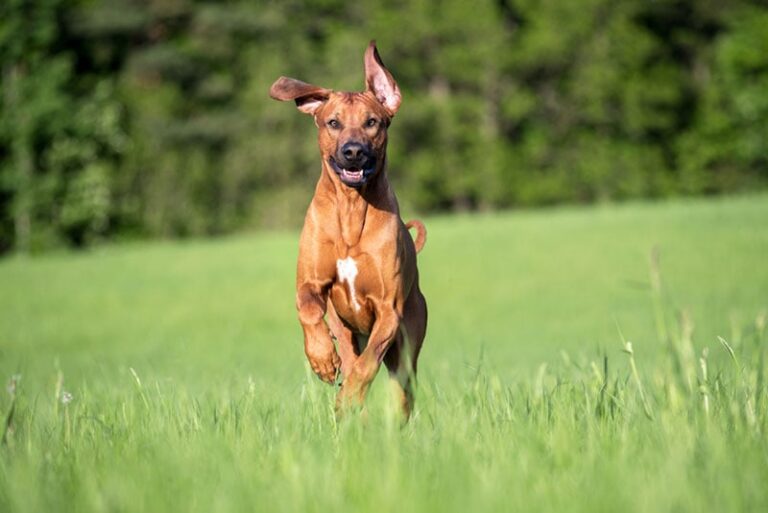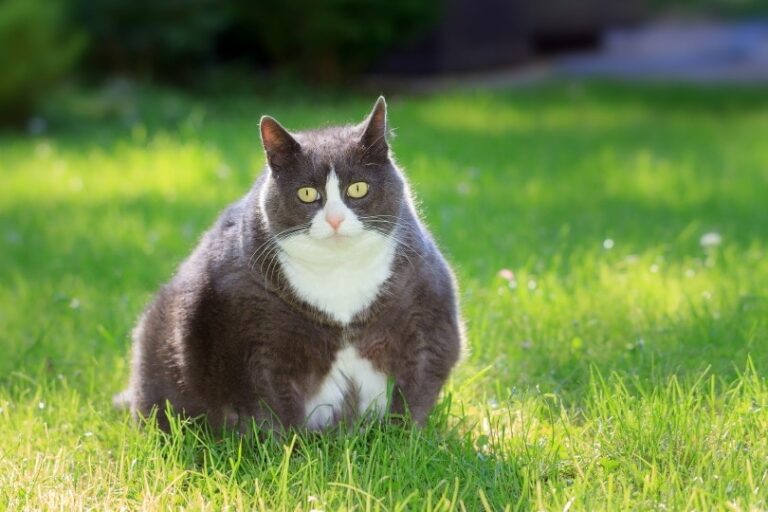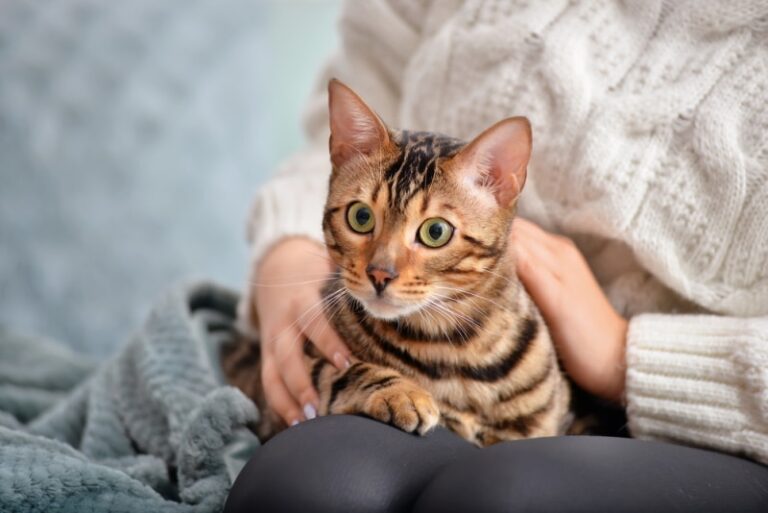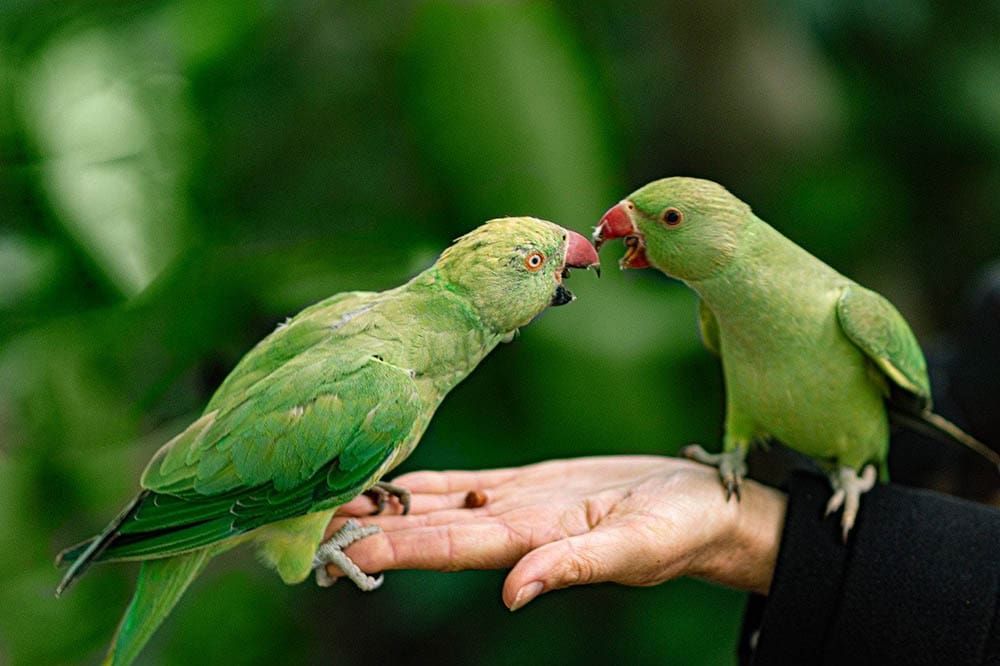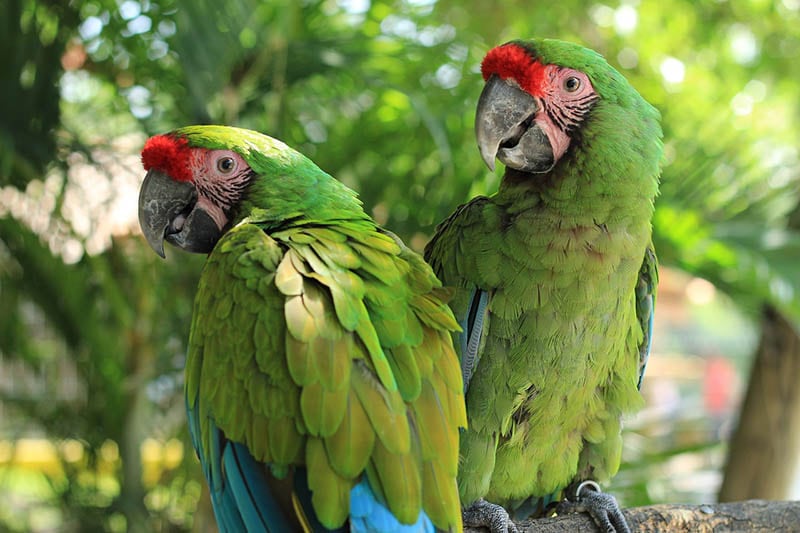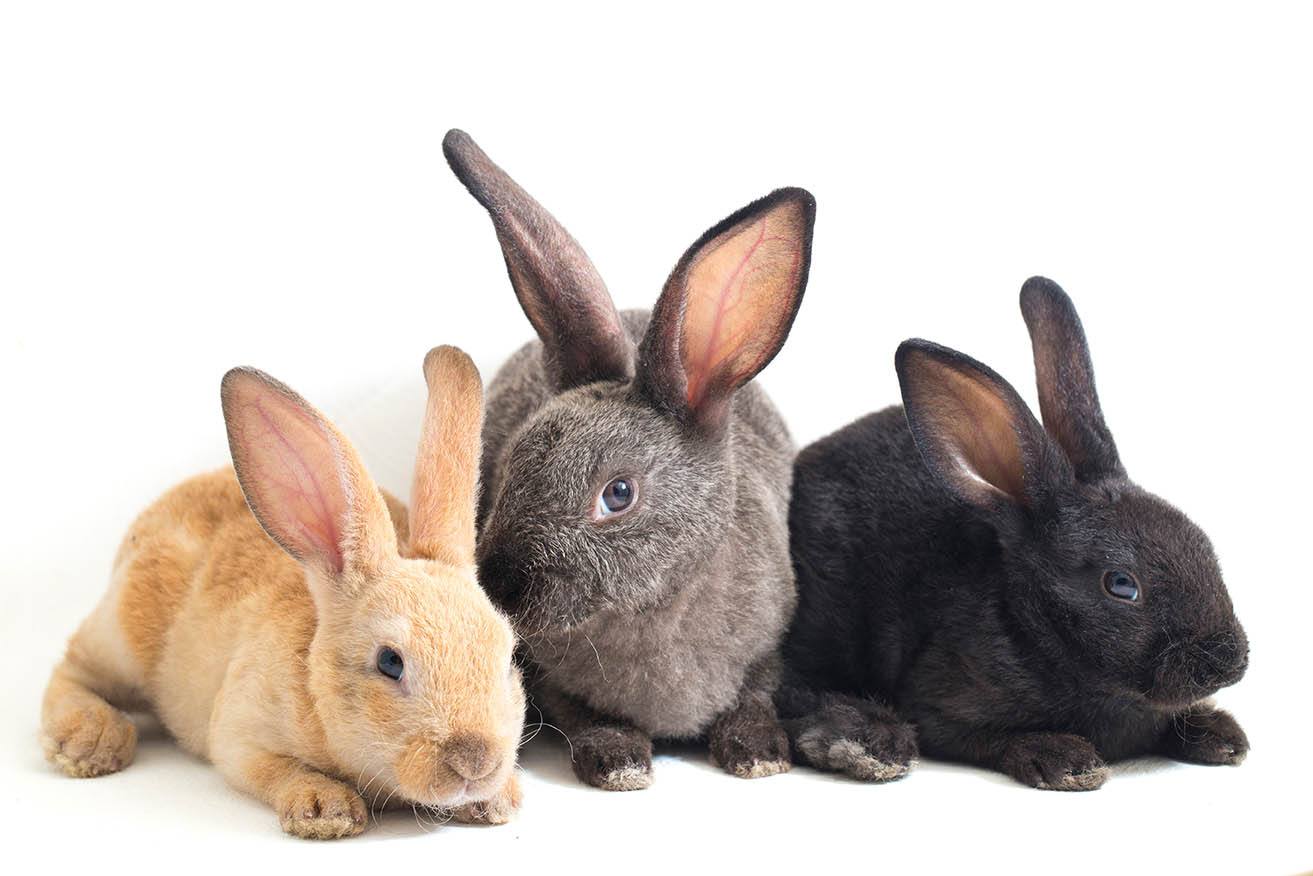VET APPROVED

The information is current and up-to-date in accordance with the latest veterinarian research.
Learn more »You might know them as the dogs with the big, round eyes and the constantly wagging tails, but Cavalier King Charles Spaniels are so much more. These sweet and loving family pets never fail to charm and have the popularity to prove it.
Here are 10 incredible Cavalier King Charles Spaniel facts sure to impress all your friends and neighbors!

The 10 Facts About Cavalier King Charles Spaniels
1. They’re Named after Actual Kings
The modern Cavalier breed was developed from a variety of toy spaniels kept as pets by the English upper class during the Renaissance era. Two particular fans of these spaniels happened to be King Charles I and later his son, Charles II.
In the 17th century, King Charles II took his dogs with him everywhere by royal decree. Later, when it came time to pick a name for the spaniel developed from those original dogs, King Charles, their first royal champion, was a natural choice.
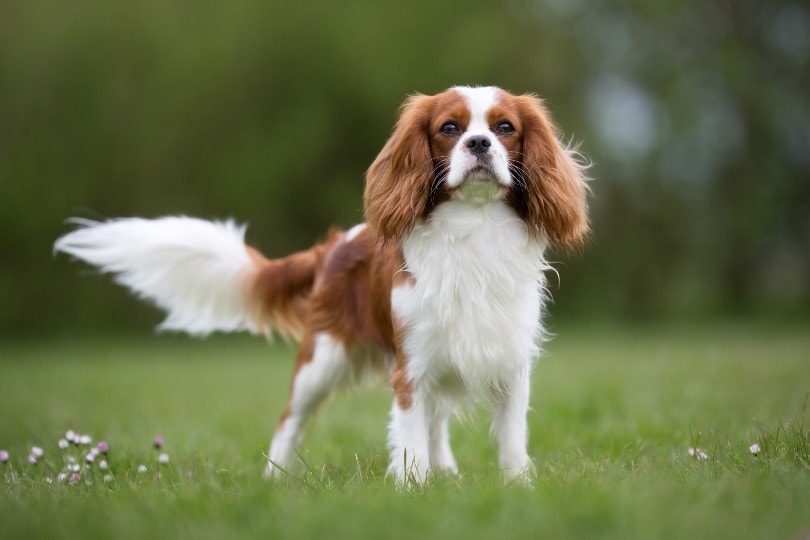
2. They Played Some Unique Roles in the Early Days
Along with serving as delightful companions to English nobles, the early ancestors of the Cavalier King Charles Spaniel also played other roles. For one, they were expected to help keep their owners’ laps warm as they endured life in cold castles.
The nobles also kept their dogs close by to attract fleas. This was during the time of the bubonic plague: a disease spread primarily by infected flea bites. If the fleas bit the Cavaliers instead of the humans, the owners would be saved from infection, or so the theory went.
3. Politics Almost Doomed Them
As it turns out, King Charles II’s love for his spaniels played a major role in their popularity. After the king died without an accepted heir, political conflict and warfare gripped England, leading to a new ruling family taking power.
Once that happened, even being associated with the previous king’s favorite dog breed was seen as politically dangerous. Because of this, these once-common spaniels become very rare. Other breeds, such as the Pug, grew in popularity instead.
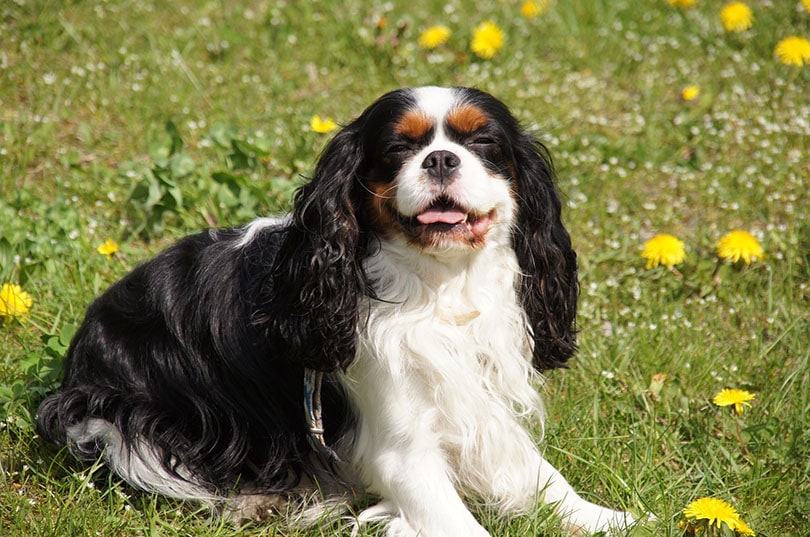
4. An American Helped Save This English Breed
During the late 19th century, the spaniels so beloved by King Charles had nearly disappeared. They had been replaced by a different breed—the English Toy Spaniel—created by crossing the original spaniels with flat-faced Asian breeds like the Pug. These newer dogs had much shorter noses and domed heads, unlike the traditional spaniels seen in paintings of English nobility.
In the 1920s, a wealthy American named Roswell Eldridge visited England and wondered what had happened to those older-style dogs. Determined to bring them back, he offered prize money at Crufts to any British breeder who could reproduce the original look.
Thanks to his challenge, breeders began working toward this goal, and their efforts eventually led to the creation of the modern Cavalier King Charles Spaniel—a breed that remains beloved today for its charm and classic appearance.
5. They Come in Four Different Colors
The Cavalier King Charles Spaniel is only found in four acceptable colors, according to the breed standard. These include black and tan, which was King Charles’ favorite color.
- Blenheim (chestnut and white)
- Black and tan
- Ruby (red)
Blenheim is typically the most common color type you can find, while black and tan is the rarest. Coat color will likely play a role in the price of any Cavalier you find for sale.
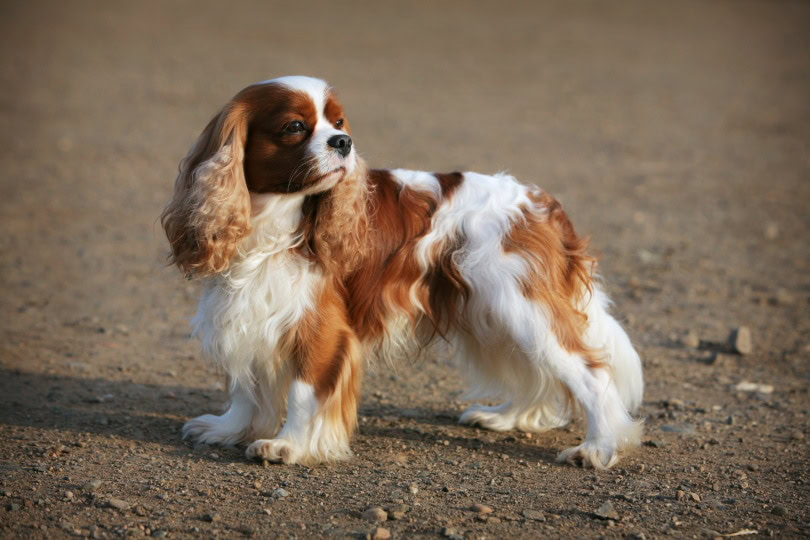
6. They Are One of the Largest Toy Breeds
Cavalier King Charles Spaniels were accepted into the American Kennel Club in 1995 and placed into the Toy Breed category. However, they’re one of the biggest dogs you’ll find within the classification.
Cavaliers are usually about 12–13 inches tall and 13–18 pounds. Other breeds you’ll find in this category are the Maltese, Chihuahua, Papillon, Pomeranian, and Yorkshire Terrier. The common trait of all these dogs is that they were primarily bred to serve as companions rather than working or hunting animals.
7. They’re Surprisingly Active
Despite their heritage as lap dogs, Cavalier King Charles Spaniels are quite energetic and active. These traits make them good pets, and they happily join in family walks or playtime with the kids. Far back in their ancestry, the breed has hunting dog blood, which helps explain their activity level.
Many Cavaliers participate in dog sports, such as agility and obedience competitions. However, they have only moderate exercise requirements and will gladly join you on the couch to take it easy if you’re having that kind of a day.
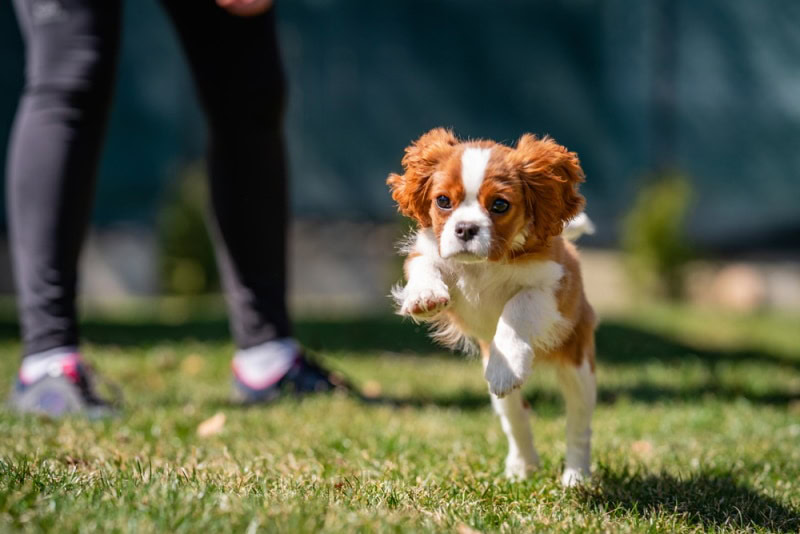
8. Don’t Trust Them to Come When Called
As any good hunting dog should, a Cavalier King Charles Spaniel will follow their nose if they come across an attractive scent. The problem is that this dedication to tracking can quickly get them into trouble. If allowed to explore off-leash and in an unfenced area, a Cavalier can easily wander and get lost as they search out exciting smells.
And even if your dog is generally obedient, there’s a good chance they won’t bother coming when called if they’re on the trail of an animal. Keep your Cavalier on a leash or in a fenced yard to be safe.
9. They’re Prone to Several Diseases
Many purebred dogs suffer from inherited medical issues, and the Cavalier King Charles Spaniel is no exception. The most common issues you’ll encounter are a heart condition called mitral valve disease (MVD) and a nervous system disorder called syringomyelia, where fluid-filled sacs develop within the brain and spinal cord.
Eye and joint problems are also common in this breed. To help guard against these health issues, look for a breeder who carefully screens all dogs before they enter the breeding program.
If you have questions, we recommend speaking to a veterinarian.
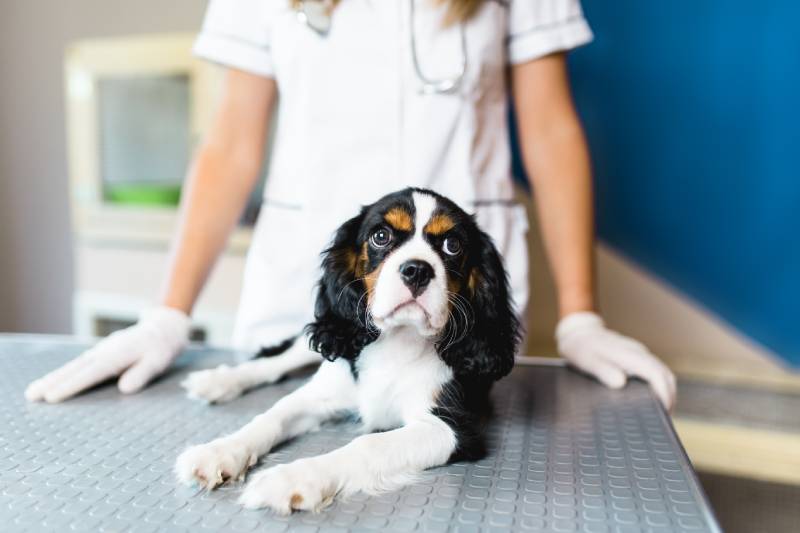
10. They’ve Had Some Famous Owners
Many celebrities and significant historical figures count themselves among the many devoted Cavalier King Charles Spaniel owners. In addition to the two Kings, Prime Minister Margaret Thatcher and Queen Victoria owned Cavaliers.
U.S. President Ronald Reagan was also a Cavalier owner. Courtney Cox, Brad Paisley, Diane Sawyer, Frank Sinatra, Sylvester Stallone, and Julianne Hough are other celebrity Cavalier King Charles Spaniel owners. In the fictional world, a Cavalier appeared on the television show Sex in the City.
Conclusion
As we mentioned briefly, Cavalier King Charles Spaniels are unfortunately prone to several health conditions, and some are quite serious. Because of this, the breed club recommends screening tests and exams for any dog used for breeding.
If you’re unsure which breeder to choose, favor the ones who are open and honest about the family health history of the puppy you’re considering, answer any questions you might have, and provide documentation that all screening tests have been performed. These 10 facts might be incredible, but so is life with a healthy Cavalier King Charles Spaniel.
Featured Image Credit: MiSt21, Shutterstock
Contents
- The 10 Facts About Cavalier King Charles Spaniels
- 1. They’re Named after Actual Kings
- 2. They Played Some Unique Roles in the Early Days
- 3. Politics Almost Doomed Them
- 4. An American Helped Save This English Breed
- 5. They Come in Four Different Colors
- 6. They Are One of the Largest Toy Breeds
- 7. They’re Surprisingly Active
- 8. Don’t Trust Them to Come When Called
- 9. They’re Prone to Several Diseases
- 10. They’ve Had Some Famous Owners
- Conclusion
